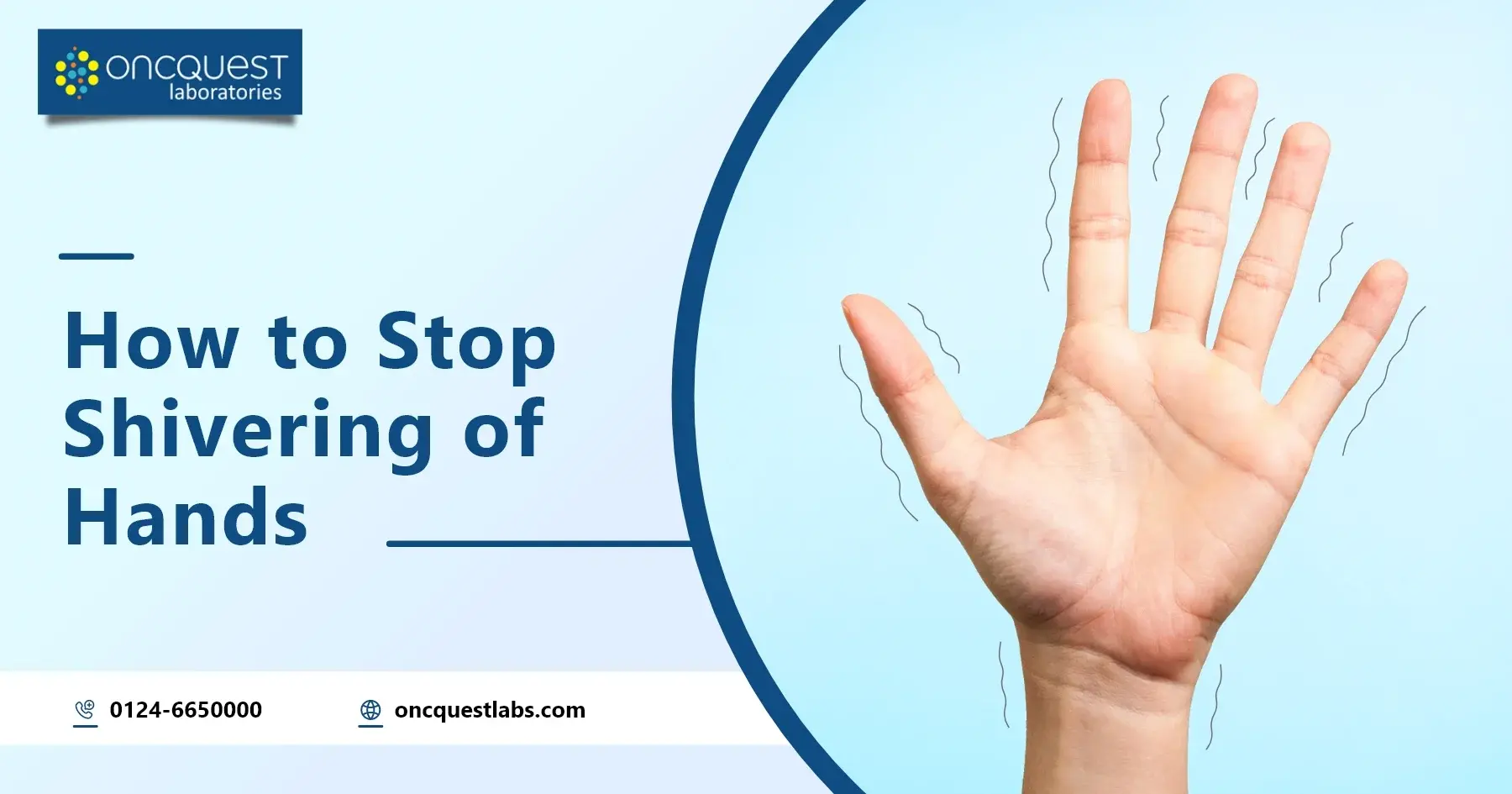Do you regularly find yourself suffering with shaky or trembling arms? You are no longer alone. Hand tremors may be a not unusual problem that many human beings face, and they can arise due to numerous motives, including stress, anxiety, fatigue, or certain scientific conditions.
Having shaky palms can be inconvenient and sometimes embarrassing, in particularly in conditions where consistent palms are vital, like throughout presentations, conferences, or when managing delicate tasks. However, the best news is that there are easy and powerful approaches to reduce or prevent hand shivering.
Whether you experience occasional hand tremors or deal with them frequently, knowledge of how to forestall shivering fingers can substantially enhance your quality of existence and enhance your ability to carry out day-to-day activities comfortably.
Contents
What is the shivering of hands or hand tremors?
Hand tremors, also referred to as hand shivering, occur when your arms shake without you trying to. It’s like when you’re bloodless and your frame shakes, but with hand tremors, it could appear even while you’re no longer cold. These shaky moves could make it difficult to do matters that require consistent fingers, like writing or protecting objects. On occasion, hand tremors are just a normal response to feeling worried or worn out; however, at different times, they may be a sign of a fitness problem. It is critical to be aware of how often and what sort of fingers shake, as this could help you and your medical doctor determine if there’s something more serious happening that requires treatment.
Types of shivering of the hands or hand tremors
Hand tremors, or shivering of fingers, can be categorized into different types based totally on their reasons and trends:
- Critical tremor: This is the most commonplace and not unusual sort of tremor and regularly runs in families. It usually influences every arm and takes up an area at some stage in voluntary movements. Critical tremors can also affect on the top, voice, and one-of-a-kind components of the frame.
- Parkinsonian tremor: This type of tremor is related to Parkinson’s sickness. It typically seems at rest and improves with useful motion. Parkinsonian tremors often start in one hand and then unfold to the alternative facet of the frame.
- Dystonic tremor: Dystonia is a movement disease characterized by involuntary muscle contractions that cause tremors. Dystonic tremors are normally visible, especially body components tormented by dystonia, which incorporates the hands, neck, or jaw.
- Cerebellar tremor: This tremor is linked to harm or disorder inside the cerebellum, part of the brain responsible for motor manipulation and coordination. Cerebellar tremors are often visible at some point throughout voluntary movements and might have an impact on the hands and, once in a while, the legs.
- Physiological tremor: This may be a regular, low-amplitude tremor that everyone reports to a few levels, in particular in the course of strain, fatigue, or caffeine consumption. It is generally not crucial except for elements like anxiety or certain drug treatments.
- Orthostatic tremor: This unusual tremor takes place while standing and improves or disappears while sitting or on foot. It is often defined as a feeling of unsteadiness or vibration in the legs and, on occasion, the palms.
- Psychogenic tremor: This kind of tremor is thought to have an intellectual or emotional basis in addition to a neurological reason. It could range in severity and come and go unpredictably.
- Task-specific tremor: This tremor occurs within the route of specific duties, which consist of writing (referred to as “writing tremor”) or preserving items in certain positions. It is often seen in musicians, artists, or individuals who perform repetitive obligations.
- Drug-triggered tremor: A few medicinal pills, especially those that have an impact on the demanding machine, can cause tremors as an aspect effect. These tremors may also improve or disappear as soon as the drug is stopped or adjusted.
- Poisonous tremor: Publicity to positive pollution, which incorporates heavy metals or chemical compounds, can cause tremors as a result of poisonous results on the worried gadget.
Shivering hands symptoms, causes, and treatment
| Causes of Hand Tremors | Symptoms | Treatment |
| Enhanced Physiological Tremor | Shaking hands during stress, anxiety, fatigue, lack of sleep | Usually self-resolves; no medical intervention required |
| Neurological Conditions | MS, Traumatic Brain Injury, Stroke, Dystonia | Depends on the specific condition; may include medication, therapy, or rehabilitation |
| Parkinson’s Disease Tremor | Tremors at rest, slow movements, stooped posture, unusual gait | Medication, physiotherapy, exercise, and lifestyle management |
| Essential Tremors | Tremors during voluntary movements | Medication, lifestyle changes, and therapy |
Exercises for shivering of hands or hand tremors
| Hand Tremors Exercises for Everyone | Hand Tremors Exercises for Parkinson’s Disease |
| Squeezing a stress ball for 2-15 seconds, repeating 15 times on each hand daily | Squeezing a soft ball tightly, repeating regularly |
| Rotating the wrist in slow circular motions | Clenching and unclenching fist several times |
| Relaxation techniques such as meditation, yoga | Tapping index finger with upper thumb finger |
| Medication as prescribed by doctors | Bending fingers down to touch the bottom of the palm |
Physiotherapy Exercises for Hand Tremors
- Shoulder shrugs to increase brain-arm activity and muscle movement
- Bicep curls under physiotherapist guidance
- Hydrotherapy for gentle movements and mobility enhancement
Frequently asked questions
Q1: What is the reason for the shivering hands?
A1: Shivering of hands is the result of underlying health issues, fatigue, and stress. For some people, it may not cause a major issue but for others, it can affect daily lifestyle and activity.
Q2: How do I get my hands to stop shaking?
A2: Decrease the consumption of caffeine and alcohol, it will reduce the tremors. If you adjust your lifestyle and prioritize relaxation techniques then your shaking of your hand will be reduced.
Q3: How do I stop my hands from vibrating?
A3: Protect your hands from wind, keep them dry, and avoid doing exercises to warm up cold fingers. Wear loose cloth, and prioritize core warmth.
Q4: How do I stop shaking fast?
A4: Start breathing deep and do meditation to relax your nerves. Do walking, jogging, yoga, and exercise to get rid of shaking hands. Following this habit will promote health also.
Q5: Can shaky hands be cured?
A5: No, there is no cure for shaky hands. But it can be reduced from medication, injections, stimulation, and ultrasound therapy as main treatment options.





